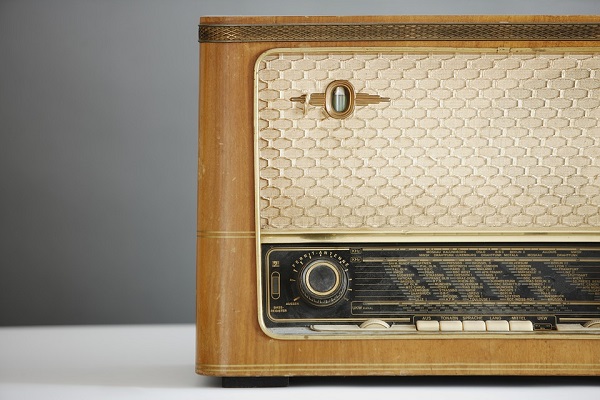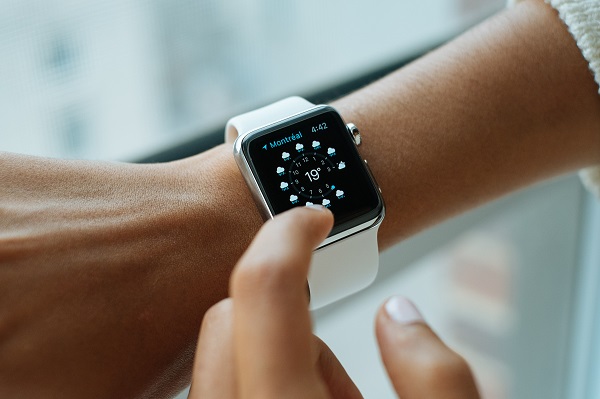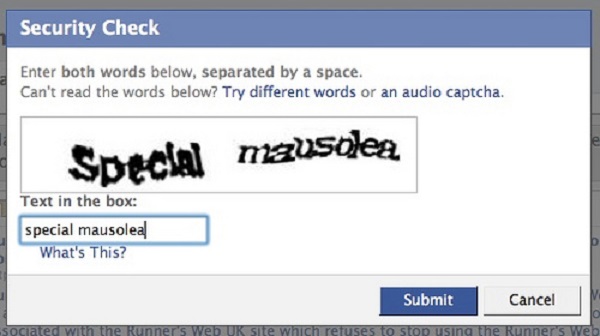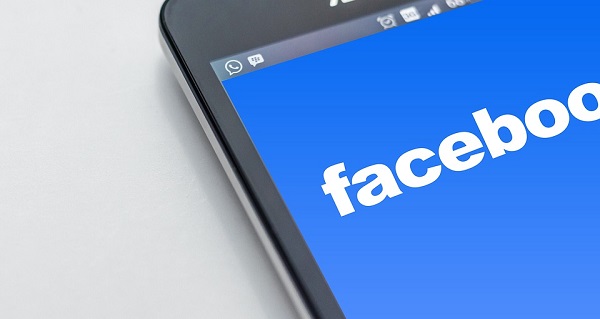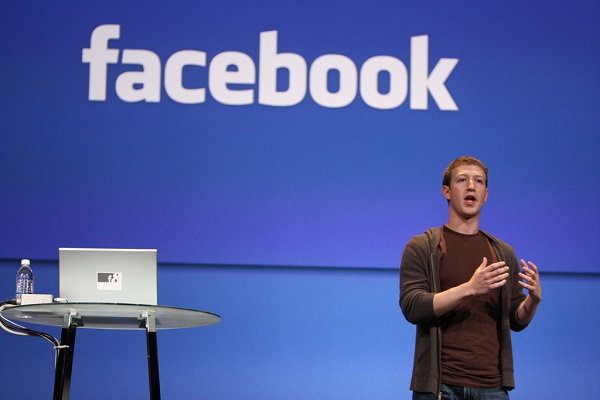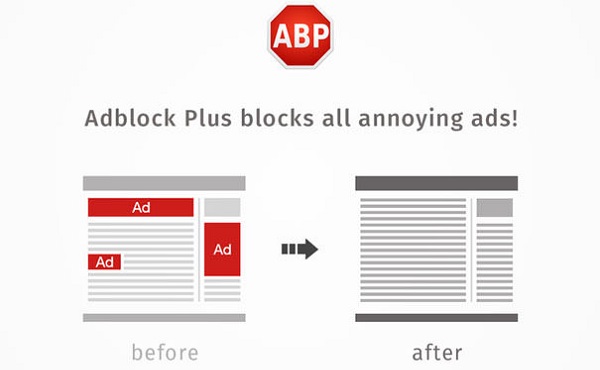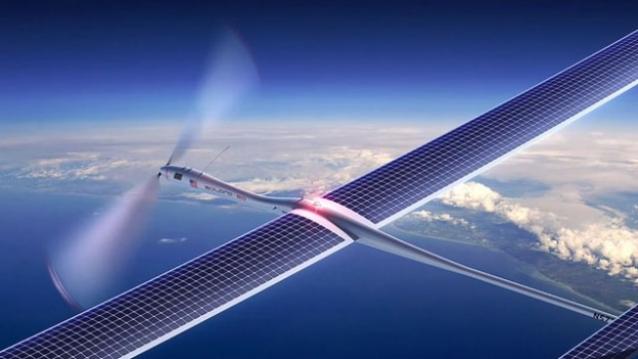
The solar-powered drone will be flown into the skies of Asia, Latin America and Africa, where there is no Internet connectivity.
The recent images and videos that the CEO of the social network has posted on his personal profile illustrate how Facebook will use the solar-powered drone Aquila for Internet access. The project belongs to the Internet.org initiative which aims to provide the World Wide Web service to the 10% of the global population that do not benefit of this service.
Based on the description that developers have provided, the solar-powered drone will weigh 880lbs (400kg) and it will fly at altitudes of 60,000ft (20km) at night to conserve energy and at 90,000ft (30km) during daytime. The flying drone will be lifted by large helium balloons and it will keep circling a two-mile distance (3km) to maintain its floating position.
Although the measures of the drone appear large at the first sight, developers have reassured that the drone is in fact much smaller than the Reaper prototype that the army is using. Aquila’s wings are larger; they measure 42 meters (46 yards), but the body is much shorter compared to the Reaper’s (15m).
Engineers have further stated that the construction of the new Internet drone has lasted for 14 months. The prototype will soon be sent into the skies for a period of 90 days, during which researchers will observe its activity in order to determine the necessary improvements that have to be enacted.
Mark Zuckerberg has further stated that the drone will be used particularly in Asia, Africa and Latin America where there is no Internet connectivity. Similar to other past projects, the new drone will not provide Internet connection directly to consumers, but rather to ISPs, who will in turn make offers to the local customers.
Google, too, has taken part in a similar project to provide Internet within inaccessible areas. The search giant is developing the program called “Project Loon”, based on which helium balloons with Internet transmitters will be flown at similar altitudes. Google has opted for helium balloons because they think they can be flown for longer periods of time, but Facebook thinks drones are easier to control than balloons, which require many wind and position calculations in advance.
Facebook will work in the following period to make sure all U.S. legal provisions are being observed. The social network will first test the flying drone on the territory of the United States because it is the only place where the project has been approved for the moment.
Image source: stech4.firstpost.com

